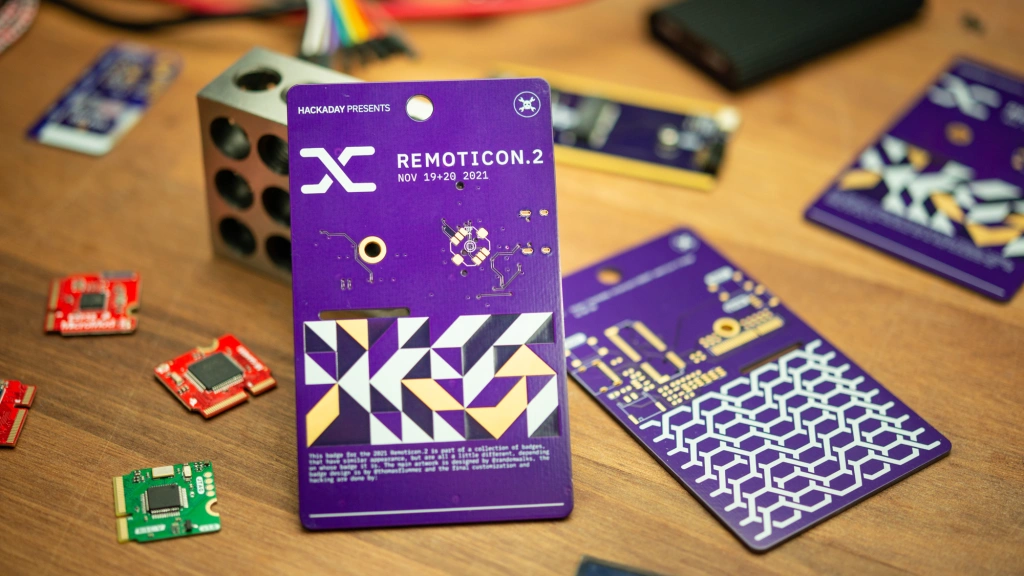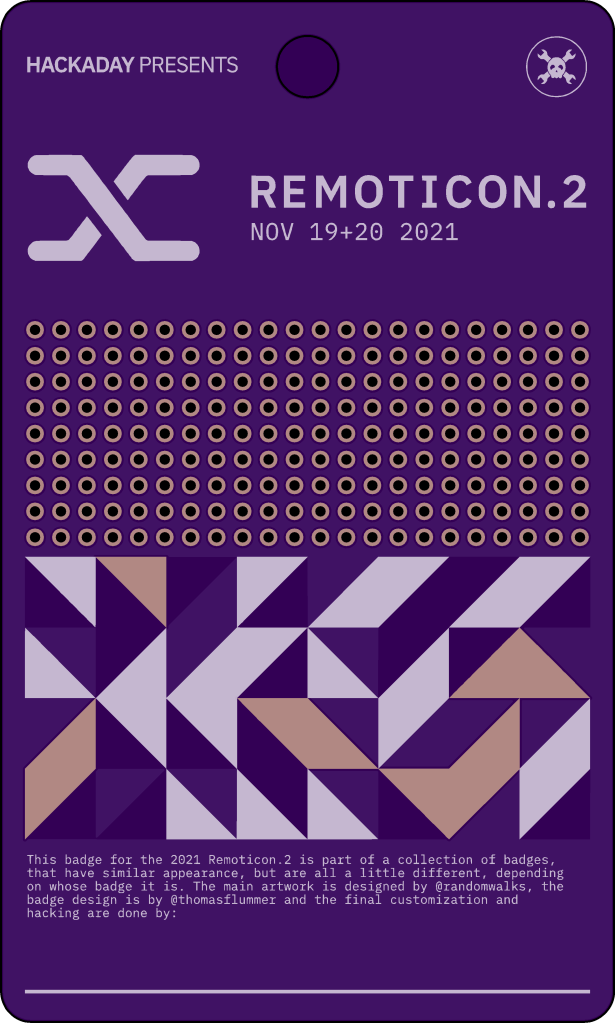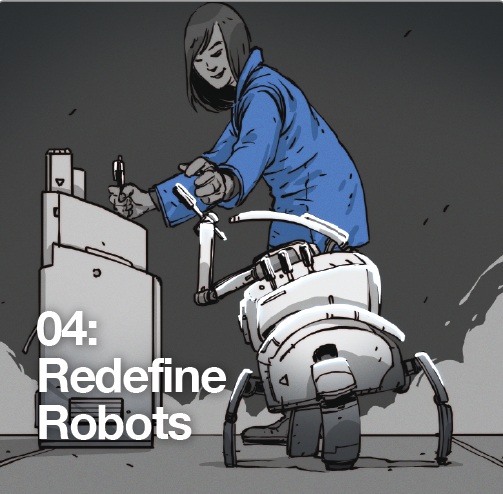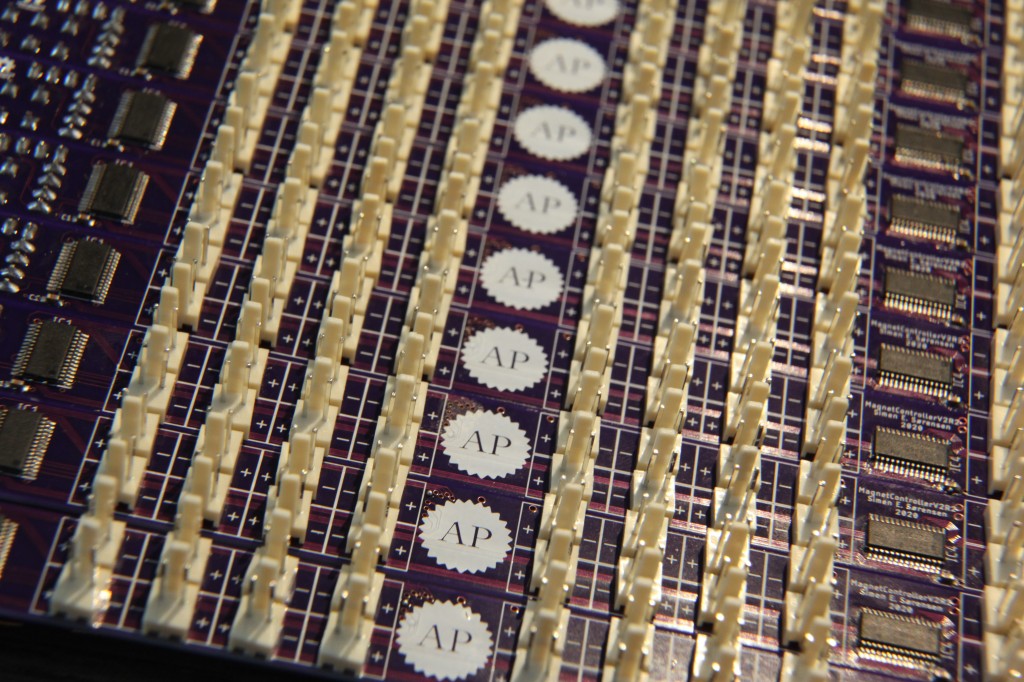
An update on Hackaday’s Remoticon.2:
We’ve already unveiled multiple keynote speakers and a slate of fascinating presenters that will be showing off everything from reverse engineering vintage calculators to taking those first tentative steps on your CAD journey for this year’s Remoticon. You’d be forgiven for thinking that’s everything you’ll see at the conference, but there’s still plenty to announce before the two-day virtual event kicks off on November 19th. Normally we’d be promising to make sure you get your money’s worth, but since tickets are cmpletely free, we’re shooting a bit higher than that.
Jeroen Domburg (aka [Sprite_tm]): Rickrolling Buddha: A Deep Dive in Reverse Engineering and Thoroughly Pwning an Unknown Chip
Sergiy Nesterenko: Don’t Flip My Bits: Electronics in Spaaaace
Vaibhav Chhabra: M19 Initiative – A Case of Open Innovation & Distributed Manufacturing at Scale
Arsenijs Picugins: Laptop-Be-Done












